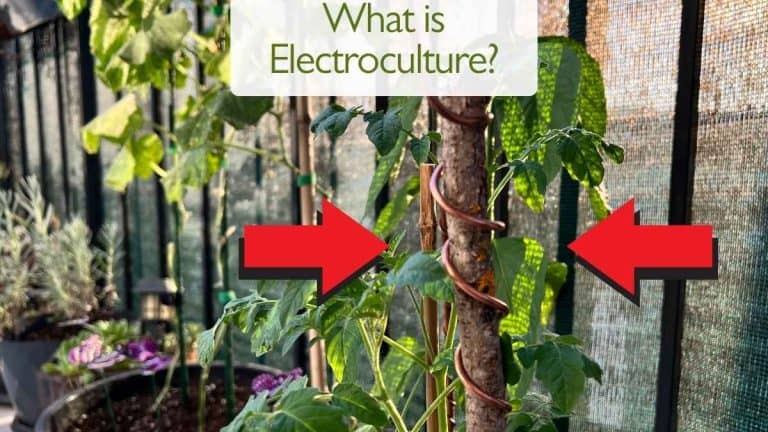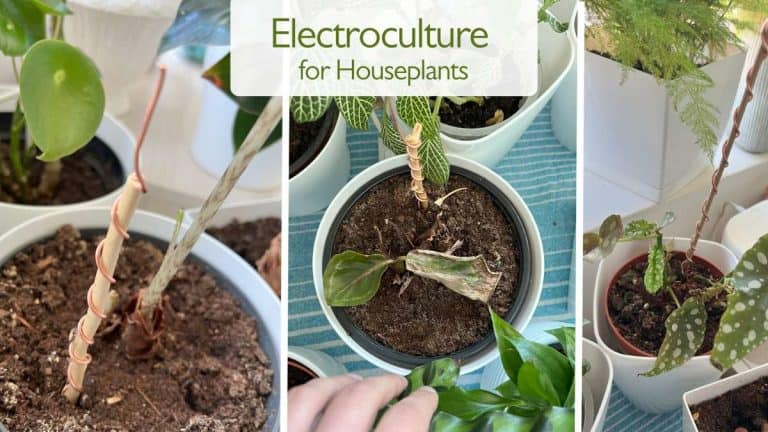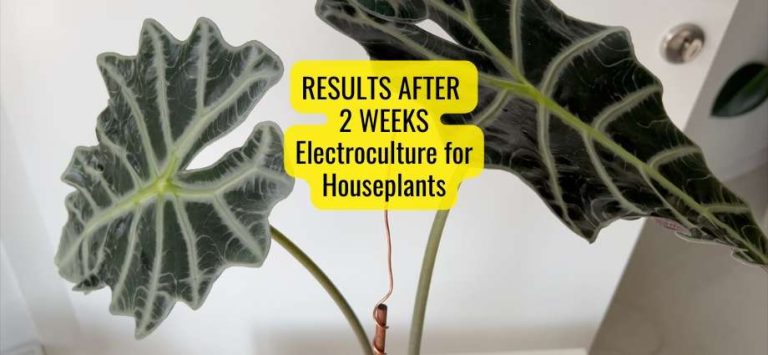What Is Electroculture? Science, Benefits & Plant Growth Applications
In the quest for sustainable and innovative methods to improve agricultural productivity, electroculture has emerged as a fascinating technique that harnesses the Earth’s natural energy to promote plant growth. This age-old approach offers the potential to boost crop yields, improve plant health, and reduce reliance on chemical fertilizers and pesticides.
In this article, I will explain what electroculture is, delve into the science behind it, explore its benefits, discuss the controversies, and provide practical guidance on how atmospheric antennas play a crucial role in this emerging field. I will also share insights from my own experiments with electroculture on houseplants and offer resources for those interested in trying it themselves.
What Is Electroculture? An Overview
Electroculture, sometimes called electro-horticulture or electroculture farming, involves applying electrical currents, electromagnetic fields, or electrically charged substances to plants and soil to stimulate growth and enhance plant vitality. The concept is rooted in the observation that plants respond positively to controlled electrical stimulation, much like how electrical therapies benefit humans.
Historically, electroculture experiments date back to the early 20th century when pioneers observed increased crop yields by using electrical currents and devices such as electrodes and antennas in fields and gardens. Today, it is gaining renewed interest as a sustainable agricultural practice, especially with concerns over the environmental impacts of traditional farming.

The Science Behind Electroculture
Electrical Stimulation of Plants
Research suggests that applying a weak electrical current to plants or soil can influence various physiological processes:
- Accelerated nutrient uptake: Electric fields may enhance ion movement in soil, making essential nutrients more available to plant roots.
- Improved photosynthesis: Electrical stimulation can increase chlorophyll production and photosynthetic efficiency.
- Growth hormone activation: Some studies indicate that electric currents stimulate production of growth hormones like auxins.
These effects collectively promote faster growth and more robust plants.
Pest and Disease Control
There is emerging evidence that electrical fields may disrupt the life cycles of certain pests and pathogens, reducing infestations and damage. This could decrease the need for chemical pesticides, contributing to eco-friendly pest management.
Stress Resistance
Electrical stimulation might help plants better withstand abiotic stresses such as drought, temperature extremes, and pollution by enhancing cellular repair mechanisms and stress-responsive gene expression.
Benefits of Electroculture
Increased Crop Yields
Several field trials have demonstrated that electroculture can significantly increase crop yields. For example, experiments with potatoes, corn, and tomatoes showed yield improvements ranging from 10% to over 50% depending on conditions and techniques used.

Reduced Chemical Inputs
By enhancing natural nutrient uptake and pest resistance, electroculture reduces dependency on fertilizers and pesticides, promoting sustainable farming practices.
Improved Soil Health
Electroculture improves soil aeration and microbial activity, fostering healthier soil ecosystems that support plant growth long term.
Energy Efficiency
Electroculture methods, especially passive systems like atmospheric antennas, require minimal energy inputs compared to irrigation or fertilization, making them energy-efficient.
My Personal Electroculture Experiment on Houseplants
Curious about the practical effects of electroculture at home, I conducted a small-scale experiment using houseplants. I created atmospheric antennas—wooden dowels wrapped with copper wire in a Fibonacci spiral—and inserted them into pots.
Over several weeks, I observed remarkable improvements in plant vigor: lush, vibrant growth; larger leaves; stronger stems; and increased resilience. While my experiment was preliminary and not a rigorous scientific study, the positive changes were undeniable.
You can watch my detailed video documenting these results and learn how to make your own antenna below.
The Controversy and Scientific Debate
Despite promising results, electroculture faces skepticism in the scientific community due to:
- Lack of standardized protocols: Diverse techniques and variable setups lead to inconsistent results across studies.
- Limited peer-reviewed research: Most existing studies are small-scale or anecdotal.
- Variability in effectiveness: Electroculture’s impact varies widely between plant species, environmental conditions, and equipment.
More rigorous, reproducible research is needed to fully validate and optimize electroculture methods.
How Atmospheric Antennas Play a Role in Electroculture
A key tool in electroculture is the atmospheric antenna, designed to capture and channel the Earth’s electromagnetic energy to plants. Typically constructed from wood wrapped in copper wire and oriented toward magnetic north, these antennas act as passive energy collectors.
The design often incorporates the Fibonacci spiral, believed to enhance energy flow. When placed near plants or inserted into soil, they promote enhanced nutrient uptake, growth stimulation, and increased plant vitality.
If you want to try making your own antenna, read my step-by-step guide or watch the video below:
Incorporating Music for Plants to Enhance Growth
Research increasingly shows that music tuned to specific frequencies, such as 432 Hz, positively influences plant growth and health by creating a calming, harmonious environment. Combining electroculture with specially curated music playlists for plants can amplify beneficial effects, promoting relaxation and natural growth processes.
I have created a playlist called “Music for Plants” that has been tested on a variety of plant species with excellent feedback.
Conclusion: The Future of Electroculture in Sustainable Plant Growth
Electroculture offers a promising, eco-friendly approach to enhancing plant growth by harnessing natural electromagnetic energy. While scientific consensus is still evolving, the technique’s potential to reduce chemical inputs, improve yields, and support sustainable agriculture is compelling.
I encourage gardeners and growers to experiment with electroculture in their own settings while staying informed about ongoing research. Follow my blog and channel for more insights, practical guides, and updates on plant growth innovations.
Explore More Music for Your Plants & Stay Connected!
Check out my Playlist: Music for Plants and find the perfect tunes to help your plants and yourself thrive.
Don’t forget to visit my YouTube Channel Plant House & Garden and subscribe — your support means the world to me!
Connect with me on social media for more plant care tips and music updates: Instagram | Facebook | X | Pinterest | Reddit | TikTok
Love plants? Love music? Don’t miss out on new updates — hit subscribe and follow now to keep your plants happy and your space vibrant!



